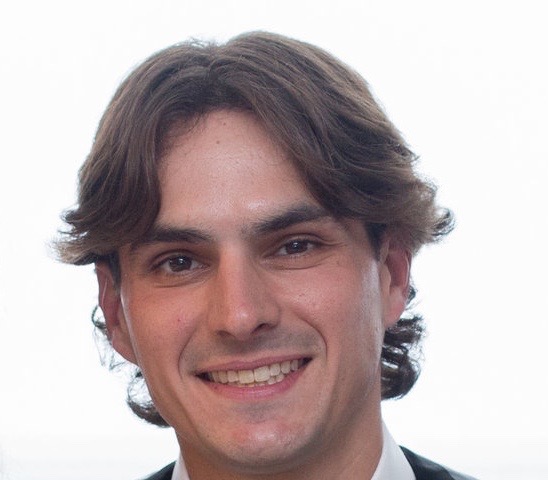 We received a question from one of our patients about running cadence. He’s preparing for his first marathon and so he asked Tony if his running cadence could improve his running speed. Running cadence, or stride rate, is a measure of how many strides per minute (SPM) are made while running. You can find your cadence by counting how many times your right or left foot hits the ground within sixty seconds, then multiply that by two. It’s important to note that cadence changes with different runs. You can’t discuss cadence without considering stride length. The two of these factors come together to determine how fast you’re running. One runner could have a fast cadence with a short stride and another with a slow cadence and long stride and yet they both could be running together. What is a good running cadence? It was widely thought that a rate of 180 SPMs per minute was optimal but that theory has been debunked. Recent studies show that everyone has their own natural running cadence and there is no such thing as a ‘one size fits all’ approach. As you’re running you will naturally find a pace you feel comfortable with but that’s not to say that you can’t improve your cadence (more on that further into this blog). So which is better - a fast or slow cadence? From a Physical therapy stand point, taking shorter and faster steps will make you a more efficient runner and will reduce the impact on your joints. When you take large strides, you’re stretching your legs out further and landing heavily onto your heels (heel strikes). Heel striking vs. midfoot striking is another debate that we will discuss in the future. Shortening your strides can reduce injury risk because you’re not over activating leg muscles and putting too much force through your knees. Is cadence the most important factor for running? As a physical therapist and a running coach, Tony says no. Experts have taken a look at the different cadences of marathon runners and the numbers are all over the place. There have been runners that win with 155 SPM and others that have won with 205 SPM - so a very large range and there isn’t a clear cut number to strive for. In terms of trying to improve overall performance, Tony suggests focusing on the follow metrics:
These metrics will gauge how hard you’re working on your runs. So in terms of improving performance, cadence is not the most important thing and in terms of injury, cadence is something to focus on. Working on your cadence: You can use a metronome, some higher end watches have one built in. Run to music - find songs that have a faster or slower BPM (beats per minute), depending on what you’re looking for. Tips to improve cadence:
0 Comments
Leave a Reply. |
AuthorDr. Tony Tanzi: Physical Therapist, Triathlete, Runner, Performance Coach Archives
October 2022
Categories |



 RSS Feed
RSS Feed